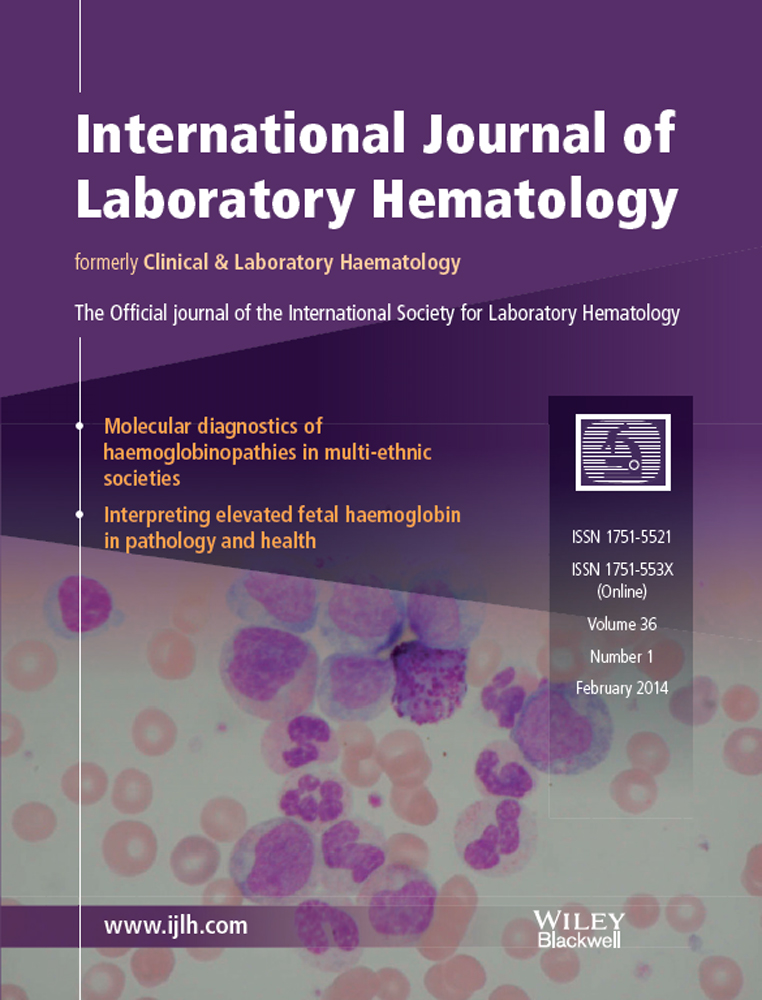Immune complexes and persistent high levels of serum vitamin B12
Summary
Introduction
Patients with persistent high levels of serum vitamin B12 were often referred to Hematology departments. In this study, characteristic of patients with serum vitamin B12 levels higher than 2500 pmol/L (high B12) were studied.
Methods
Prevalence of high B12 was evaluated during a 10-month period. Samples with high B12 were incubated with polyethylene glycol (PEG) and a new measurement of vitamin B12 was carried out using the supernatant. As a pilot study, 26 frozen samples with high B12 were evaluated for changes in vitamin B12 after PEG. Moreover, a prospective study was carried out during three consecutive months. Size exclusion chromatography was employed to demonstrate the presence of immune complexes (ICs) with plasma vitamin B12-binding proteins in some serum samples with high B12.
Results
Prevalence of high B12 was 1.3%. Results from 26 frozen samples and from a prospective study (28 cases) showed that undergoing vitamin B12 treatment was the main cause of high B12. However, ICs were detected in 10 frozen samples and in seven cases (25%) of the prospective study, respectively. Serum vitamin B12 decreased to normal values after precipitation with PEG, and size exclusion chromatography confirmed ICs. An association with autoimmune or hematological disorders was observed.
Conclusions
In patients with repeatedly high B12 levels, ICs were detected in approximately 25% of samples. Precipitation with PEG is an easy method to confirm the presence of ICs and to evaluate serum vitamin B12 levels in these patients.




